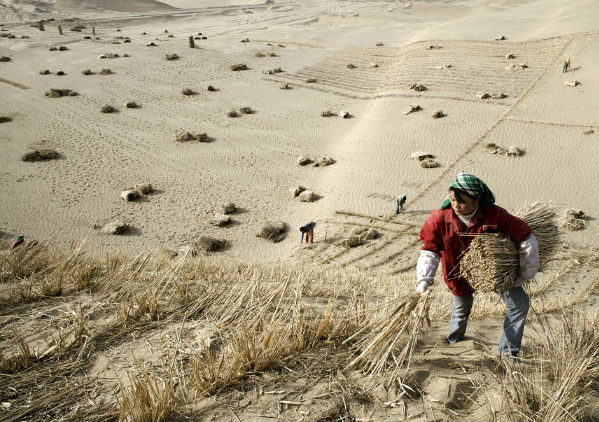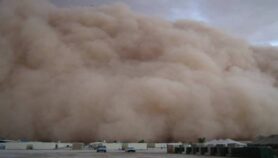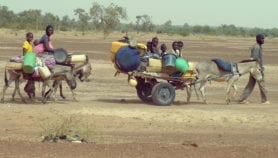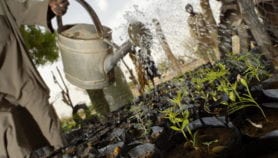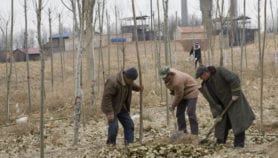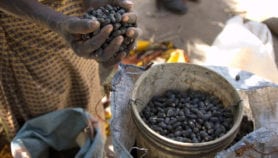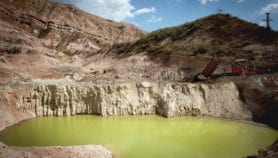By: Madhukara Putty
Send to a friend
The details you provide on this page will not be used to send unsolicited email, and will not be sold to a 3rd party. See privacy policy.
[NEW DELHI] The Paris Agreement’s goal of limiting average global warming to less than two degrees Celsius is insufficient to protect the world’s drylands, a new study says.
The study, published online in Nature Climate Change this month (24 April), also suggests that reducing the global warming target to 1.5 degrees Celsius is beneficial to both drylands and humid regions.
These findings are important for Asia-Pacific, a region with both dry and humid lands. The regions surrounding the Thar desert in western India are dry, while the northeast is among the wettest areas in the world. The South-East Asian countries are extremely humid.
“Most of the countries with drylands are developing countries with poor representation.”
Jianping Huang, Key Laboratory for Semi-Arid Climate Change
Drylands cover 41 per cent of earth’s surface area. Low soil moisture content, sparse vegetation cover, and thin clouds enhance surface warming in these regions defined by scanty rainfall. Over the past century, surface warming over drylands has been 20 – 40 per cent higher than humid lands, and the trend is increasing.
By simulating conditions under two degrees Celsius of mean global warming, the researchers from China and the US found that the drylands would get hotter by 3.2 – 4 degrees Celsius compared to pre-industrial era temperature while humid temperatures in humid areas will increase by 2.4 – 2.6 degrees Celsius.
Despite emitting significantly less greenhouse gases, drylands will end up receiving the brunt of human-induced climate change. The consequences can be disastrous as drylands are home to more than two billion people 90 per cent of whom live in developing countries. The resulting temperature increase can result in reduced maize yields, longer droughts and create climatic conditions conducive to malaria transmission.
Moreover, countries with drylands do not get enough consideration in global climate dialogues like the Paris Agreement.
“Most of the countries with drylands are developing countries with poor representation,” says Jianping Huang, director and chief scientist at the Key Laboratory for Semi-Arid Climate Change in China, who conceived the study. He believes that reducing the warming target to 1.5 degrees Celsius could reduce the burden on drylands and benefit humid countries as well.
Kumar, however, says crop yield variation is much more complex. “Changes in rainfall distribution are likely to affect crop yields significantly while the increased levels of carbon dioxide may have a positive impact on crop yields.”
This piece was produced by SciDev.Net’s Asia & Pacific desk.


